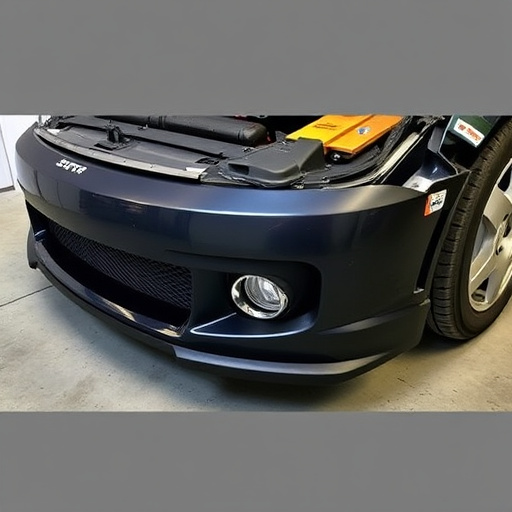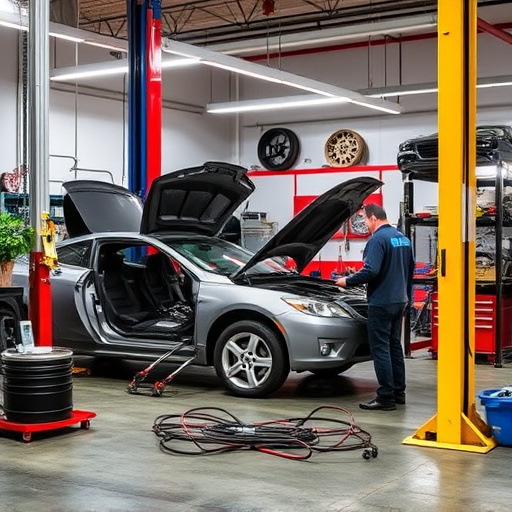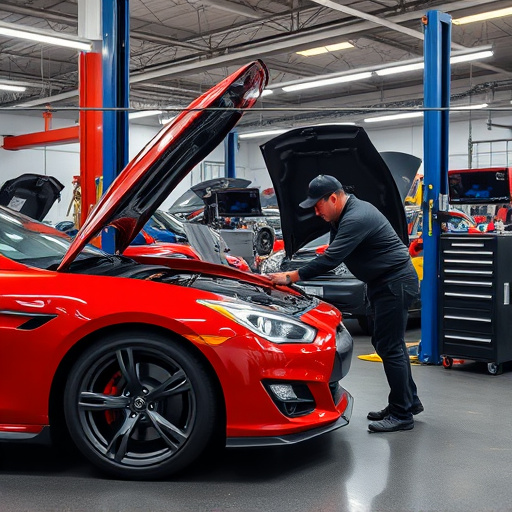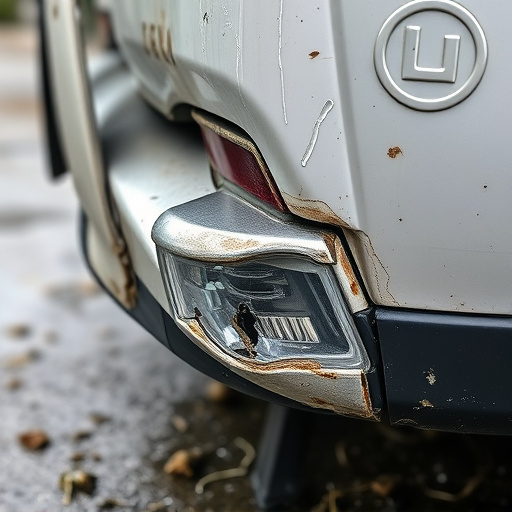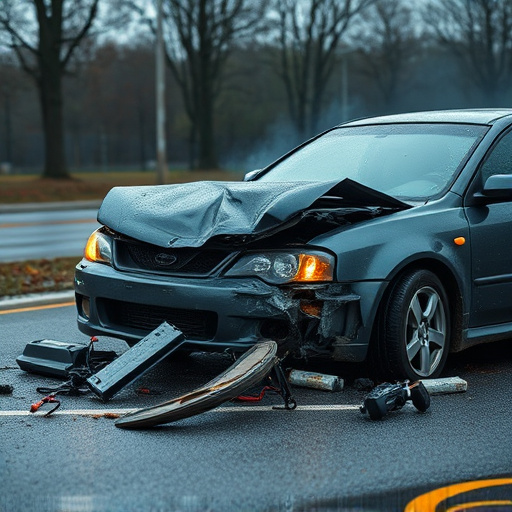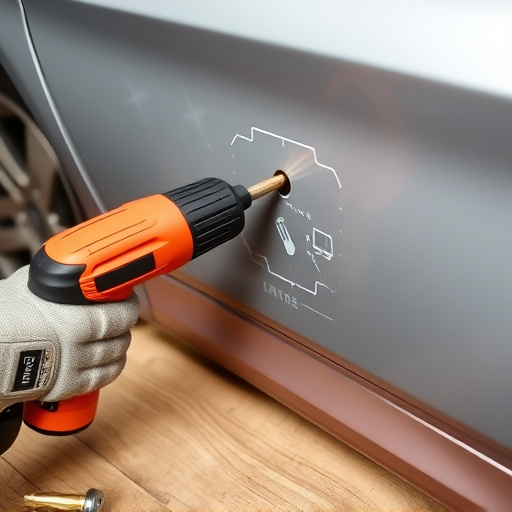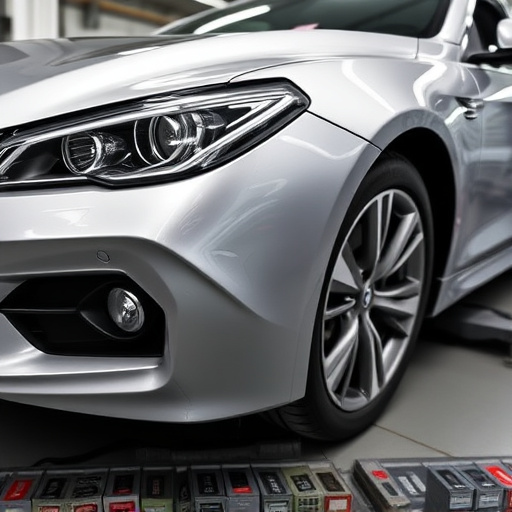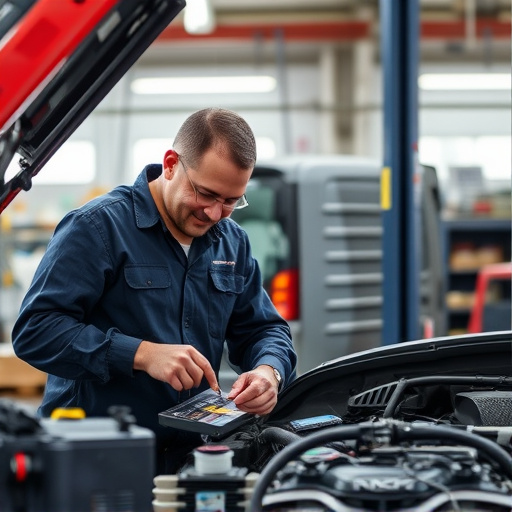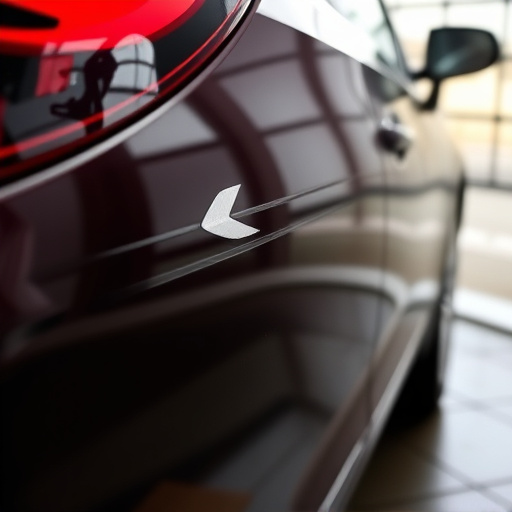OEMs set high structural repair precision standards for vehicle safety and performance. Auto shops must adhere to these guidelines using advanced techniques like paintless dent repair, precise alignment, and detailed record-keeping to maintain cars' structural integrity after damages. Strict adherence ensures customer satisfaction, enhances vehicle safety, and builds trust among car owners. In Mercedes-Benz repairs, flawless structural repair precision is crucial for maintaining vehicle integrity, safety, and preserving its value by aligning every component with OEM specifications.
Original Equipment Manufacturers (OEMs) demand unparalleled structural repair precision from automotive shops, setting strict standards that ensure vehicle safety and performance. This meticulous attention to detail is crucial in maintaining the integrity of modern vehicles’ complex designs. The article delves into the reasons behind these stringent requirements, exploring how precise structural repairs impact overall vehicle quality and consumer confidence. We also offer insights into best practices for shops aiming to meet these high expectations.
- Understanding OEM's Strict Standards for Structural Repair
- The Impact of Precision on Vehicle Performance and Safety
- Shop Practices to Achieve Unwavering Structural Repair Accuracy
Understanding OEM's Strict Standards for Structural Repair

Original Equipment Manufacturers (OEMs) set stringent standards for structural repair to ensure vehicle safety and performance. These precise requirements are vital for maintaining the integrity of a vehicle’s structure, which is crucial in the event of an accident. Any deviations from these standards can compromise the car’s overall stability and structural soundness.
Shops performing structural repairs, whether it’s a specialized auto maintenance facility or a reputable car body shop, must adhere to these OEM guidelines meticulously. This includes using advanced techniques like paintless dent repair for minor damages, ensuring accurate alignment during repairs, and maintaining meticulous records of the process. By adhering to these strict standards, auto maintenance professionals can guarantee customer satisfaction and vehicle safety, fostering trust in their services among discerning car owners.
The Impact of Precision on Vehicle Performance and Safety

The level of precision in structural repair has a profound impact on vehicle performance and safety. When a car undergoes a collision or any form of damage to its body, achieving meticulous accuracy during the repair process is paramount. Every component—from the frame to the panels—needs to be aligned perfectly to ensure the vehicle retains its original structural integrity. This precision not only guarantees that the car handles as designed but also plays a critical role in passenger safety. A slight misalignment can lead to compromised crash performance, affecting the overall protection of occupants during an accident.
In the realm of auto repair, especially in collision repair and car bodywork, structural repair precision is the linchpin for delivering high-quality repairs. Customers expect their vehicles to drive like new after a shop conducts repairs, and achieving this requires meticulous attention to detail. Professional auto repair shops invest in advanced equipment and employ skilled technicians to ensure every repair meets the stringent standards set by Original Equipment Manufacturers (OEMs). This commitment to precision not only satisfies customers but also ensures that repaired vehicles meet safety regulations and perform optimally on the road.
Shop Practices to Achieve Unwavering Structural Repair Accuracy

Achieving unwavering structural repair accuracy is paramount for Original Equipment Manufacturers (OEMs) when it comes to maintaining the integrity and safety of their vehicles. Shops tasked with handling these repairs must employ meticulous practices to ensure every component aligns perfectly with the manufacturer’s specifications. This demands advanced equipment, highly skilled technicians, and a deep understanding of the vehicle’s intricate design.
In the realm of luxury vehicle repair, such as Mercedes-Benz repairs, precision is not just a goal but an expectation. Collison damage repair, for instance, requires careful assessment and precise manipulation to restore structural elements without compromising their original strength or aesthetics. This level of craftsmanship ensures that the repaired vehicle meets the same stringent standards set by the OEM, ultimately safeguarding the safety and value of these high-end vehicles.
In conclusion, achieving structural repair precision is no longer an option but a necessity for Original Equipment Manufacturers (OEMs). By adhering to stringent standards, shops can ensure vehicle performance and safety. Through implementing best practices, professionals in the industry can deliver unwavering accuracy, satisfying OEM demands and ultimately contributing to safer roads. The pursuit of structural repair precision is a collective effort, rewarding both manufacturers and consumers with enhanced vehicle quality and confidence.
